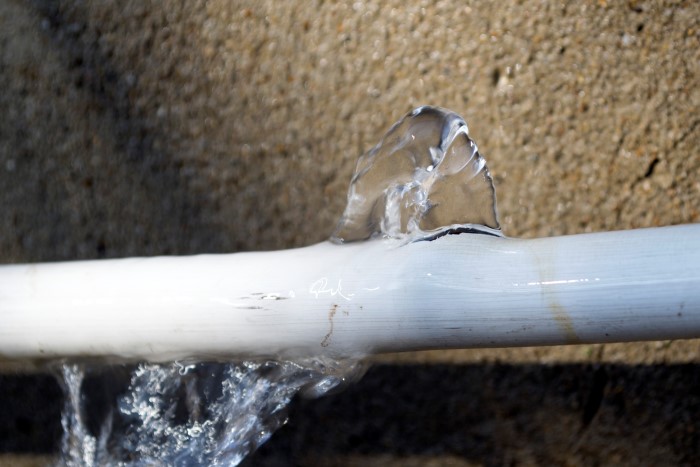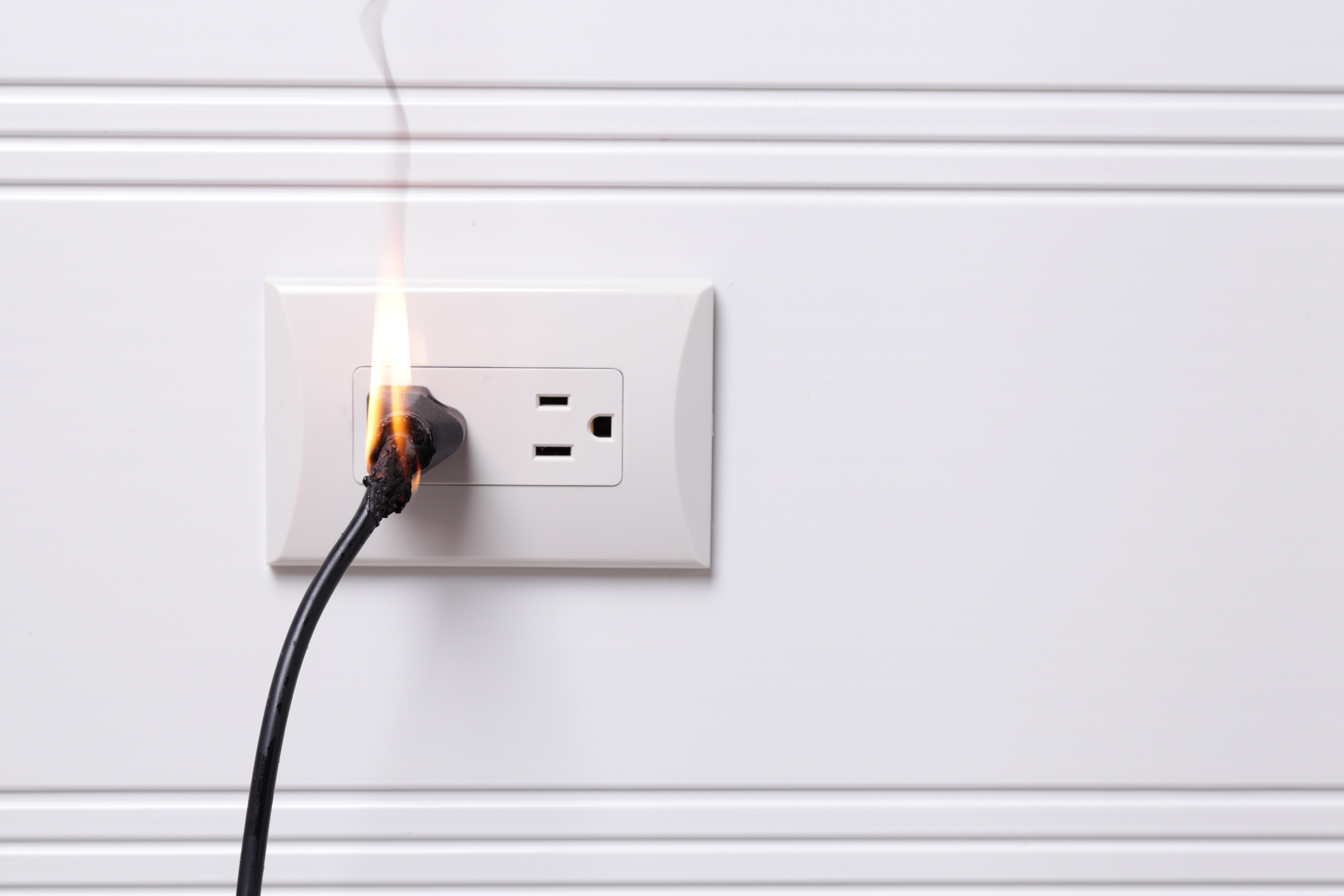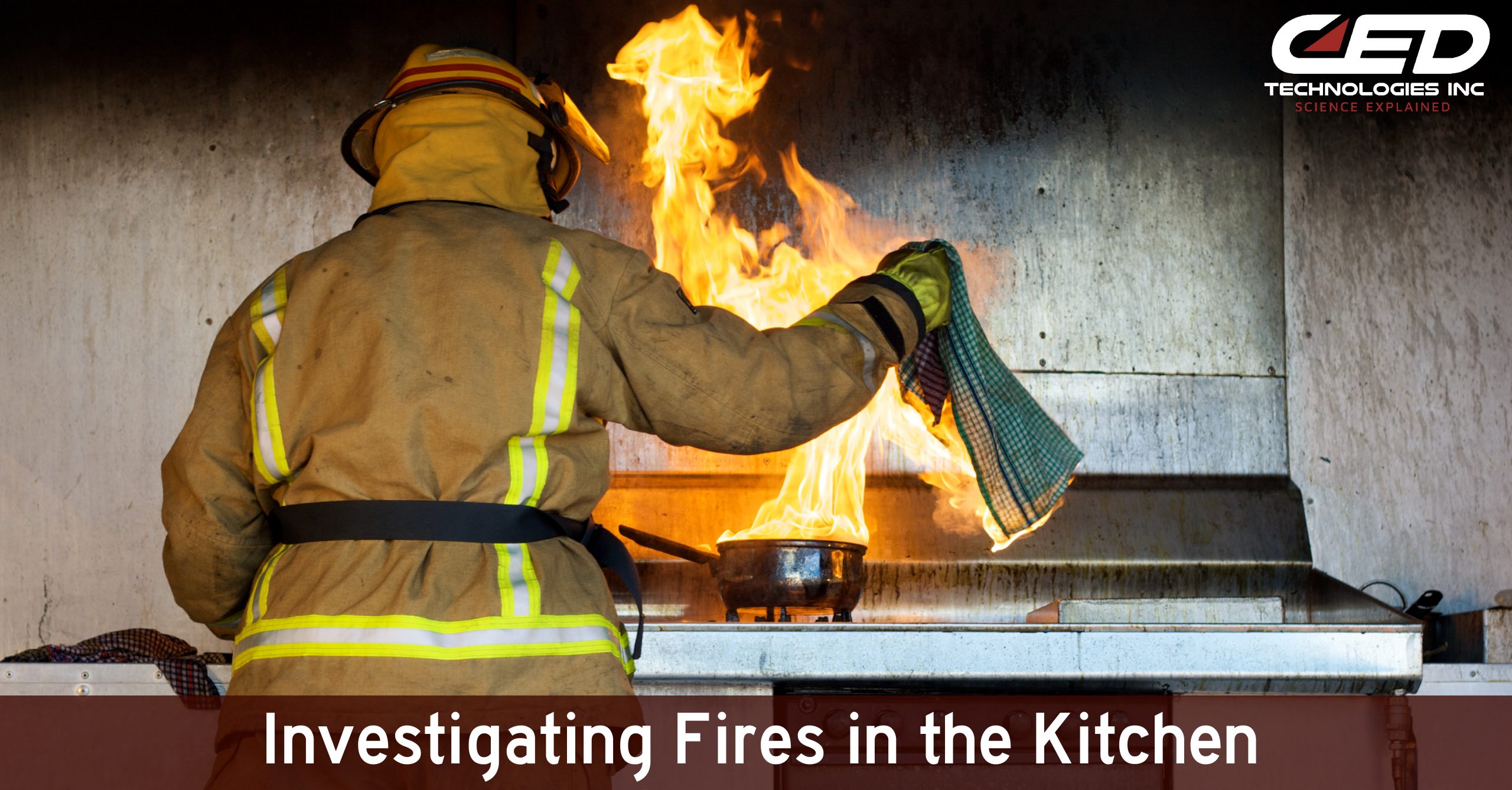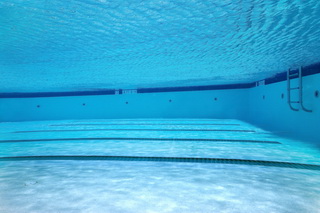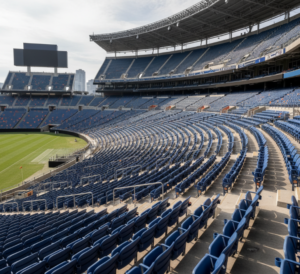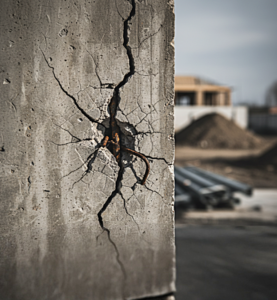CED’s last article focused on the prevention of electrical fires in the home or office when leaving for vacation. Another threat that peaks in winter time is possible extreme damage from water intrusion. According to the Insurance Information Institute, water intrusion is the leading cause of property damage and loss, accounting for 45% of the total insurance claims being paid out. One study indicated that one in twelve homes per year are damaged by water intrusion while fire damage only impacts one in 333.
Water intrusion comes from many possible sources, including appliance hose malfunction, sump pump failure, ice damns and snow melt. However, the most common culprit of water intrusion is bursting pipes, which freeze when it gets too cold. The volume of the water increases when it freezes, which causes the pipe to split open. When the thaw comes, the water spills out (or “erupts”) from the opening in the broken pipe and can wreak total havoc, particularly when no one is home. The higher up in the house the burst pipe occurs (upstairs; third floor), the worse the damage often is due to water that trickles down and pools in the lower floors. If the main water valve is not turned off (to the main source of origin – i.e., the street or town supply) — water can run continuously causing minor or major flooding, with water often just sitting in the house until discovered.
And it gets worse from there. The insidious predator that potentially lurks just beneath the surface any time water has been sitting: mold. As if the obvious water damage to the infrastructure of the house and its contents is not enough, the presence – or possible presence – of mold strikes fear in the hearts of all parties involved in a flooding scenario. Mold eradication has become an industry in and of itself, responsible for the mushrooming of insurance claims to the tune of 10 billion annually. Consider the parties involved who may be impacted and who may look to the insurance company for relief: employees’ or residents’ health insurance, disability, corporate real estate or homeowners’ insurance, re-insurance. The list of potential claims goes on and on. Mold is analogous to a cancer which must be contained and eradicated thoroughly and exhaustively…and the costs are exorbitant. If it is missed early on, the expense of tearing down walls to attack the problem down the road can be prohibitive and even jeopardize future insurance coverage.
In conclusion, there are two major pointers to remember which will help prevent a worst-case scenario if and when disaster strikes:
- Know where the water is located. Is the thermal envelope sufficient? If kitchen or bathroom pipes are on exterior walls, these pipes need adequate insulation. Alterations like upgrades/remodeling can decrease heating efficiency. Leave cabinet doors open so that warm air from the room can circulate and lower the chances of pipes freezing.
- Know how to shut off the main water supply. If turned off, damage will be limited to the water that was already in the pipe at the time it burst.
- Keep a steady drip of water running at an inside faucet. This keeps water moving, making water less likely to freeze.
Remember, plumbing leaks are more likely to destroy property than both fire and burglary combined!Click Here To See Our Full List of Experts Click Here To Submit an Inquiry about a possible Claim or Case.
